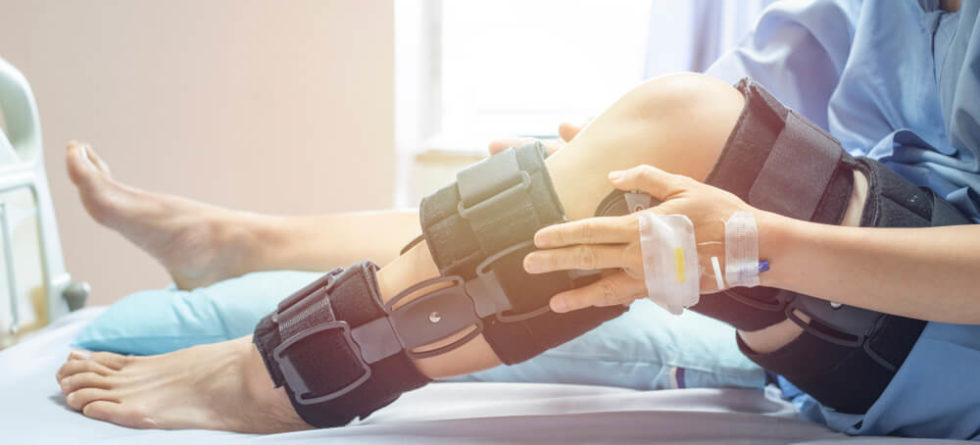The best thing to do with an ACL tear is to seek proper medical evaluation and follow a comprehensive treatment plan that may include both conservative management and, in some cases, surgical intervention.
Here are the key steps to take if you suspect an ACL tear…
- Consult with a Healthcare Professional – Seek immediate medical attention from a qualified healthcare professional, such as an orthopedic specialist or sports medicine physician. They will conduct a thorough evaluation, including physical examination, imaging tests (such as an MRI), and clinical assessments to confirm the diagnosis.
- Conservative Management – Depending on the severity of the ACL tear and your specific situation, your healthcare provider may recommend conservative treatment, which could involve physical therapy and rehabilitation. Physical therapy aims to strengthen the muscles around the knee, improve the range of motion, reduce pain, and restore function. A physical therapist will design a personalized exercise program to address your needs.
- Surgical Consideration – In certain cases, especially for individuals who wish to return to high-demand physical activities like sports, surgical reconstruction of the torn ACL may be recommended. Your healthcare provider will discuss the benefits and risks of surgery with you to help you make an informed decision.
- RICE Protocol – In the immediate aftermath of the injury, you can follow the RICE protocol (Rest, Ice, Compression, Elevation) to manage pain and swelling. However, this should not replace proper medical evaluation and treatment.
- Pain Management – Your healthcare provider may prescribe pain medications or recommend over-the-counter pain relievers to manage pain and discomfort.
- Use Crutches – In the early stages, crutches may help reduce weight-bearing on the injured leg and provide support as you start the recovery process.
- Avoid High-Impact Activities – Avoid engaging in activities that could worsen the injury, such as running, jumping, or pivoting, until cleared by your healthcare provider.
- Be Patient and Compliant – Recovery from an ACL tear takes time and commitment to rehabilitation. Be patient, and follow your healthcare provider’s recommendations and the guidance of your physical therapist to maximize your recovery.
Each ACL tear is unique, and the best course of action will depend on factors such as age, activity level, overall health, and the specific details of the injury. Seek guidance from qualified healthcare professionals to create a personalized treatment plan that best suits your needs and goals. Early intervention and proper rehabilitation are essential for optimal recovery and a safe return to normal activities.




